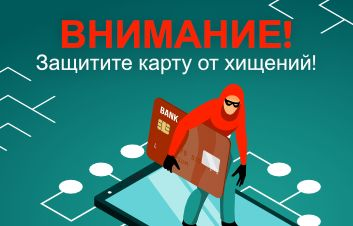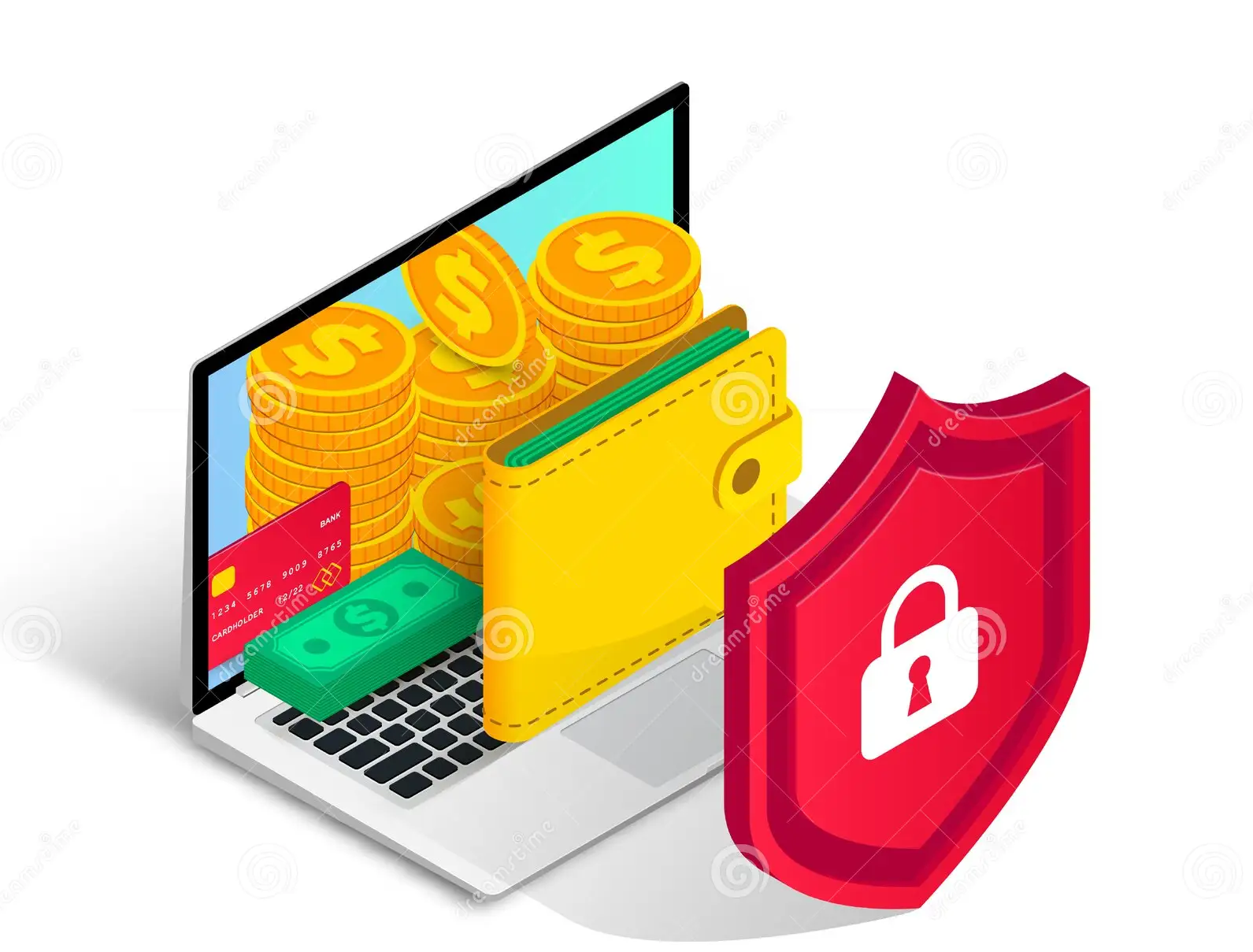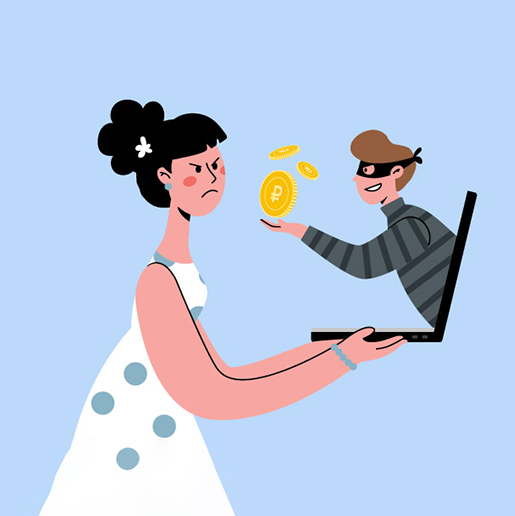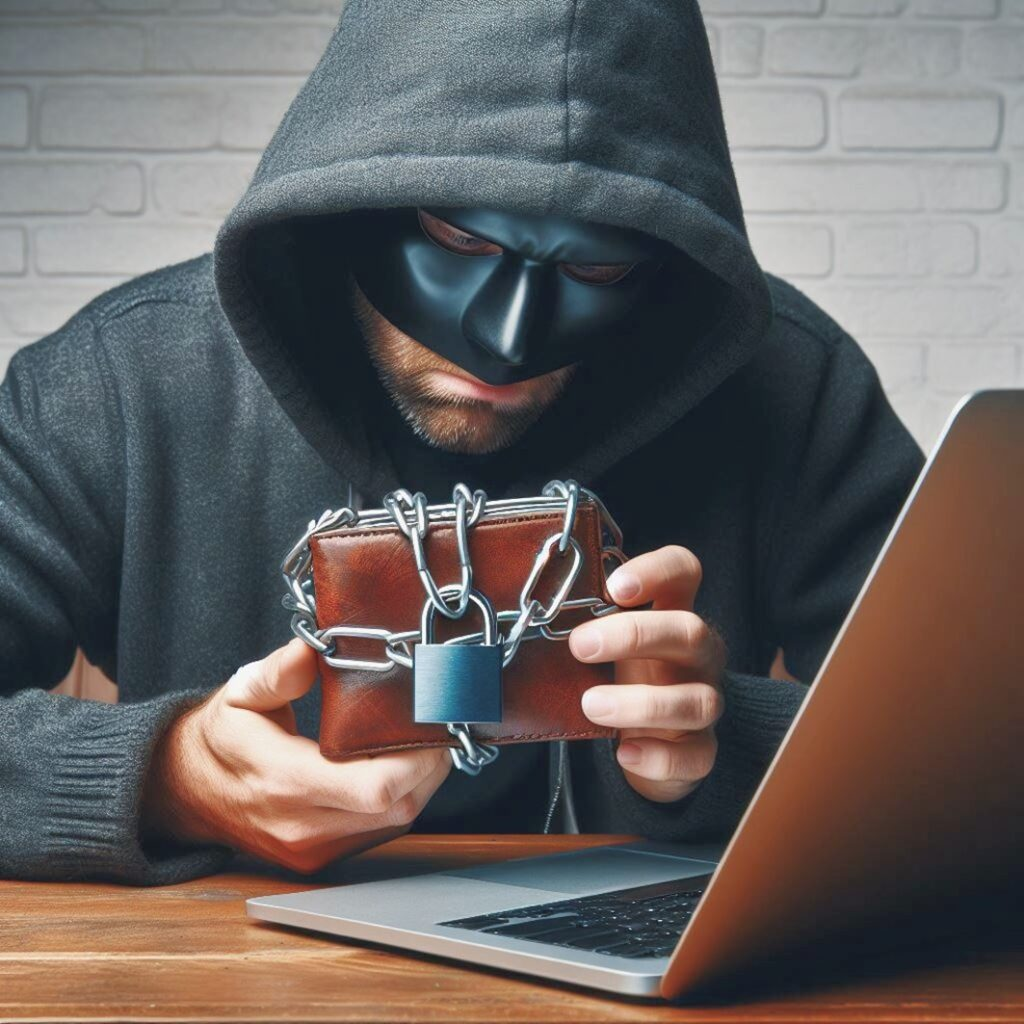In today's world of the internet and electronics, fraudsters know how to use their capabilities. Scammers can deceive clients without meeting them and never even seeing them. It's quite a good way for fraudsters to make money, as no one knows them by face and there is minimal evidence of the scam, as they try to attract clients by creating fake banking websites.
How to Protect Yourself from Fake Banking Websites
To make money, scammers first start looking for victims. They use phishing attack methods for this purpose. In this case, a special mailing containing malicious software is sent, with a link to go to the bank's page. By clicking this link, the victim may infect their device with a virus or go to a fake banking organization website.
Fraudsters deliberately copy the websites of well-known banks with small errors that are not immediately noticeable, such as one character or letter change in the search. This does not immediately attract the client's attention, and they are confident that they are making the right choice.

To protect yourself from fake banking websites, you need to:
- carefully study the information that comes to your email;
- enable two-factor authentication for your banking;
- not write down or leave personal information on banking websites.
Signs of a Fake Banking Letter
If you decide to use bank services,
- open an account,
- take a loan,
- get a card,
- open a deposit.
In this case, it is better to personally visit the bank where professional consultants will help you resolve your issues.
But if you constantly follow links sent in emails, you may encounter a fake bank. To attract clients, fraudsters send out fake banking letters.
Their signs are:
- too enticing promotional offers for just one day;
- limited service offerings in the letter;
- aggressive, intrusive ads with bright pictures.
Various visual lures are made for future victims.

Scammers and Banking Websites
The scammer has a single goal - to profit at the expense of naive clients by creating clones of well-known banking websites to extract as much information as possible from the victim. Therefore, immediately after following the link, messages about entering personal data may pop up.
Although fraudulent banking websites are very similar to real ones, scammers create pop-up windows on such sites requiring the entry of banking details. This behavior is not typical for existing well-known banks. Loud advertisements about the need to hurry before the promotion ends should be alarming and deterring from such sites.
Fake Bank Letters
To understand that a bank letter is fake, it's enough to determine its main signs.

The message contains aggressive information, such as card blocking, stating that to unblock it, you need to immediately follow the link and provide personal data for verification and operation. In fact, scammers aim to obtain passwords, codes, and personal data from the user who has money in bank accounts.
Real bank employees will not send information in letters that they urgently need to be contacted only via the link. If a controversial situation arises in the bank, they will definitely contact the client, explain the problem, and offer a solution. But they will never act aggressively or insist on resolving the issue solely by the method proposed by fake bank employees in correspondence.
Protecting Finances from Scammers
To protect your finances from scammers, you should:
- not follow links to websites from unknown sources;
- store banking passwords in a safe place;
- not disclose card PIN information;
- change your password periodically if possible;
- enable two-factor authentication for your banking identity;
- not disclose personal information to strangers;
- not post information about your account on social networks, messengers.

How to Recognize a Fake Bank Account
To ensure that money from clients is being transferred to the bank account in the right direction, you can easily request verification of the bank that will receive the money. Your bank's security service will check for the bank's license, which allows it to engage in this activity, ask acquaintances for advice who have already used this resource or have fallen victim to it.
Recognizing a fake bank account is not always easy the first time. Negative reviews about the bank account allow the bank to respond to this information and try to block payments to the bank's site, whose goal is to deceive trusting people.
